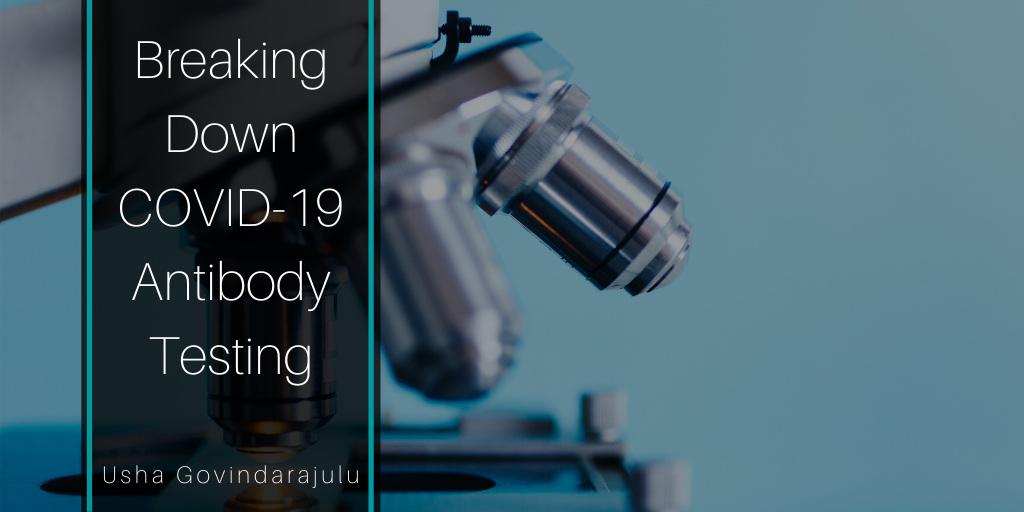A lot of conflicting information has been released concerning antibody testing and COVID-19. The importance of antibody testing can’t be overstated. In order to understand why it is so important, you should get a better idea of what antibody testing is, and how it serves to tell more about the virus.
There are two current tests being used by epidemiologists during the COVID-19 pandemic: The viral swab test, and the antibody test.
The viral swab can show if a person is currently fighting off an active case of the virus. The test involves inserting a long, thin swab into the nasal cavity to take a sample from the nasopharynx. This sample is used to indicate an active presence of the virus in the body.
The second type of test is what I’ll be explaining today.
The Antibody Test
The antibody test requires a blood sample. In the blood sample, there are antibodies – y-shaped molecules that the body produces after it detects a microbe. These antibodies are used by the body to fight a specific pathogen. Because they are created for a specific pathogen, one can use them to tell which virus a person has been in contact with – like telling that a house with signs of baby-proofing has had a child in it.
An antibody test cannot tell you if you have an active case of the virus, because these antibodies will linger in your system for a long time. You may be able to determine how recently the infection occurred, however.
By distinguishing between the types of antibodies found in a patient’s sample, it is possible to develop a timeline of infection. There are two classes of immune molecules: IgM, which are aggressive antibodies that fight active infection; and IgG, which are produced later as preventative antibodies. So by measuring the relative levels of antibodies, researchers can give a rough estimate of when a patient’s infection occurred: More IgM indicates the infection was as recent as a few days, while more IgG indicates a week or more.
As the COVID-19 virus progresses, we will find the testing will focus less and less on active cases to track and prevent the spread, and begin to focus more on antibody testing so that scientists can understand the full extent of the pandemic.
